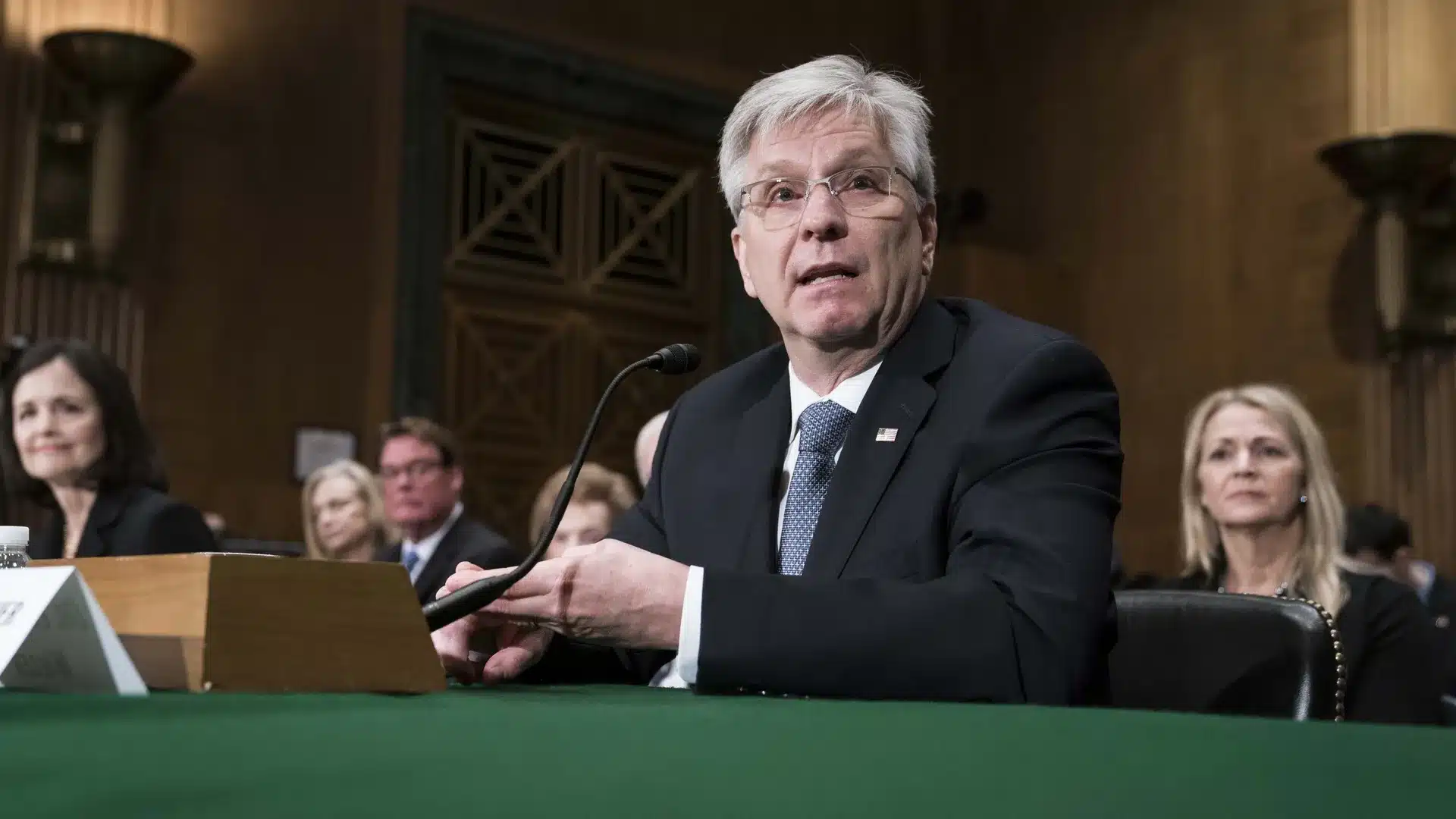While the Federal Reserve kept interest rates unchanged in its latest policy decision, Federal Reserve Governor Christopher J. Waller chose to dissent. In a public statement released on August 1st, Waller laid out a clear and direct case for why the Fed should immediately cut interest rates by 25 basis points. He warned that waiting for labor market deterioration could expose the U.S. economy to unnecessary risks, arguing that the time to act is now—not later.
Waller’s Argument: Three Core Reasons for a Rate Cut
Waller outlines three central arguments behind his decision to push for a rate cut at the July FOMC meeting.
First, he argues that the recent rise in prices is largely due to new import tariffs, which cause temporary, one-time price level increases. From a monetary policy standpoint, Waller believes these kinds of price effects should not prompt a shift in interest rate strategy—so long as inflation expectations remain well-anchored. He cites the Fed’s standard approach: to “look through” transitory price shocks, rather than respond with restrictive policy.
Second, he emphasizes that the U.S. economy is already slowing down. According to recent data, GDP growth in the first half of 2025 was just 1.2%—and is expected to remain subdued through year-end. That figure is well below the FOMC’s long-run growth projections. Meanwhile, unemployment has risen to 4.1%, a level that’s close to the Fed’s natural rate estimate. Core inflation is also nearing the Fed’s 2% target, especially when excluding the temporary effect of tariffs. Waller concludes that monetary policy is no longer restrictive, but likely neutral—or even slightly too tight under current conditions.
The third, and perhaps most pressing, point concerns the U.S. labor market. Waller warns that although the employment picture appears strong on the surface, it’s weakening underneath. Private-sector hiring has slowed, and incoming revisions to labor data are expected to reveal additional softness. With inflation near target and signs of slack building in employment, he argues that the Fed should not wait until job losses accelerate to react.
A Critique of the “Wait and See” Strategy
Waller also pushes back against the prevailing view within the FOMC that the Fed should hold steady until more clarity is gained about the inflationary effects of tariffs. He warns that this strategy may be overly cautious—and potentially dangerous. According to him, labor markets tend to shift abruptly, not gradually. By the time the data confirms a deterioration, it may already be too late to cushion the blow.
He points out that inflation expectations remain anchored, and that waiting for confirmation could result in policy falling behind the curve. “If labor markets turn, they often turn fast,” he notes. “Waiting could delay necessary action and allow avoidable damage to spread.”
A One-Time Cut—Not a New Cycle
Importantly, Waller clarifies that he is not advocating for a predetermined, multi-cut easing cycle. Instead, he suggests a measured approach, beginning with a single 25-basis-point cut, followed by a close monitoring of incoming data. If inflation remains under control and the economy continues to weaken, the Fed could reduce rates further at a moderate pace. However, if inflation surprises to the upside, the Fed can pause or reverse course.
For now, Waller argues, there’s no compelling reason to hold rates steady at their current level. Doing so, in his view, would only increase the risk of a sharp and sudden downturn in employment.
Market Implications: Will the Fed Follow?
Waller’s statement is likely to reignite debate among market participants and policymakers alike. If incoming data continues to show weakness in growth and jobs, the FOMC may be forced to reconsider its current cautious stance and pivot toward easing. On the other hand, if inflation ticks higher, the majority may hold their line.
Regardless of what unfolds, Waller has made one thing clear: he sees the labor market as the key variable in the current macroeconomic equation. And while others wait for confirmation, he’s ready to act.
Comparison, examination, and analysis between investment houses
Leave your details, and an expert from our team will get back to you as soon as possible
* This article, in whole or in part, does not contain any promise of investment returns, nor does it constitute professional advice to make investments in any particular field.
To read more about the full disclaimer, click here- orshu
- •
- 7 Min Read
- •
- ago 3 hours
 THE AMERICAS MARKET CLOSES IN THE RED, DRIVEN BY BROADER SELL-OFF
THE AMERICAS MARKET CLOSES IN THE RED, DRIVEN BY BROADER SELL-OFF
The final trading session of the week for the Americas' markets saw a broad decline, as a wave of selling
- ago 3 hours
- •
- 7 Min Read
The final trading session of the week for the Americas' markets saw a broad decline, as a wave of selling
- orshu
- •
- 6 Min Read
- •
- ago 4 hours
 U.S. Labor Market Weakens Sharply: Job Growth Disappoints, Prior Data Revised Down Heavily
U.S. Labor Market Weakens Sharply: Job Growth Disappoints, Prior Data Revised Down Heavily
The latest U.S. jobs report paints a troubling picture of the labor market's momentum. The economy added just 73,000 jobs in
- ago 4 hours
- •
- 6 Min Read
The latest U.S. jobs report paints a troubling picture of the labor market's momentum. The economy added just 73,000 jobs in
- orshu
- •
- 7 Min Read
- •
- ago 6 hours
 USA Rare Earth (USAR): A Strategic Bet on America’s Critical Mineral Independence
USA Rare Earth (USAR): A Strategic Bet on America’s Critical Mineral Independence
Initiation with a $16 Price Target — What's the Rationale? Cantor Fitzgerald has initiated coverage on USA Rare Earth (Ticker: USAR) with
- ago 6 hours
- •
- 7 Min Read
Initiation with a $16 Price Target — What's the Rationale? Cantor Fitzgerald has initiated coverage on USA Rare Earth (Ticker: USAR) with
- orshu
- •
- 6 Min Read
- •
- ago 6 hours
 ExxonMobil Q2 2025 Earnings: Operational Strength Amid Net Income Decline
ExxonMobil Q2 2025 Earnings: Operational Strength Amid Net Income Decline
ExxonMobil (NYSE: XOM) released its Q2 2025 earnings report, highlighting robust operational metrics and continued cost efficiencies, despite a notable
- ago 6 hours
- •
- 6 Min Read
ExxonMobil (NYSE: XOM) released its Q2 2025 earnings report, highlighting robust operational metrics and continued cost efficiencies, despite a notable












